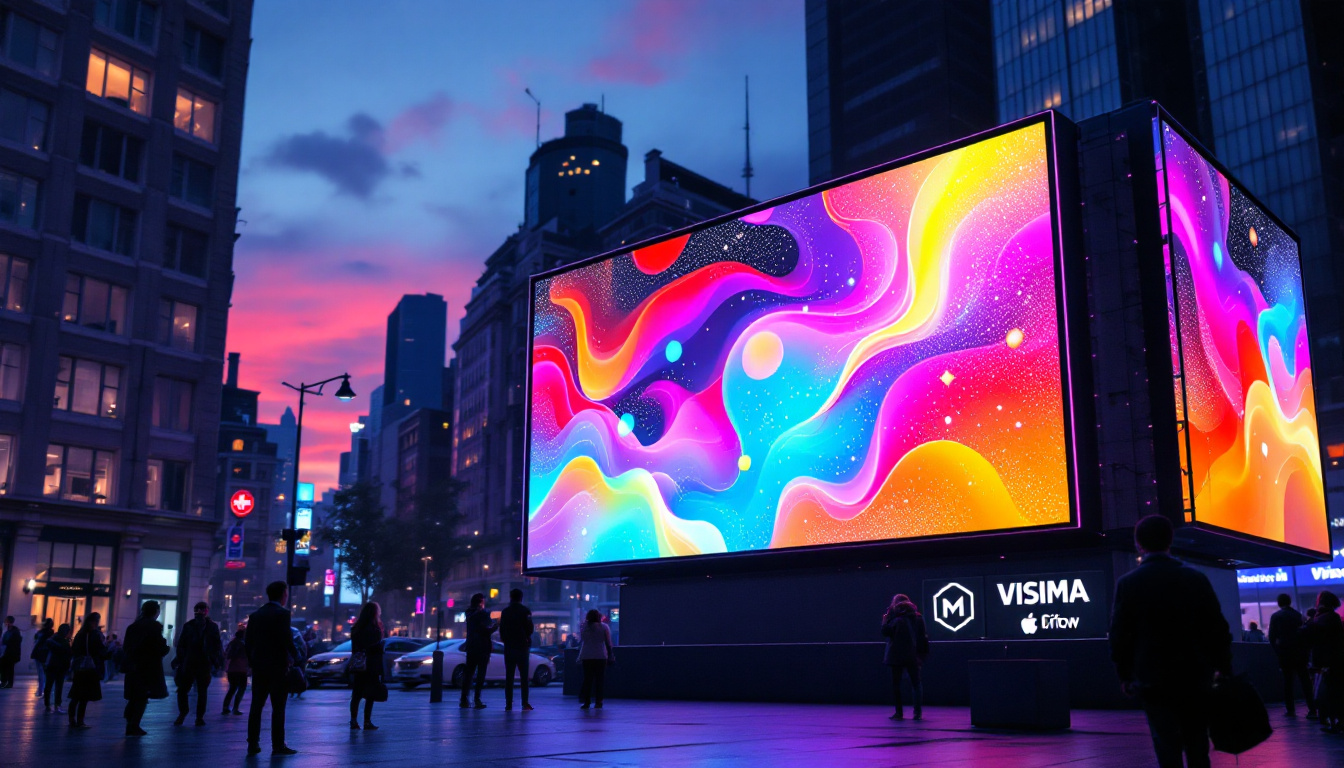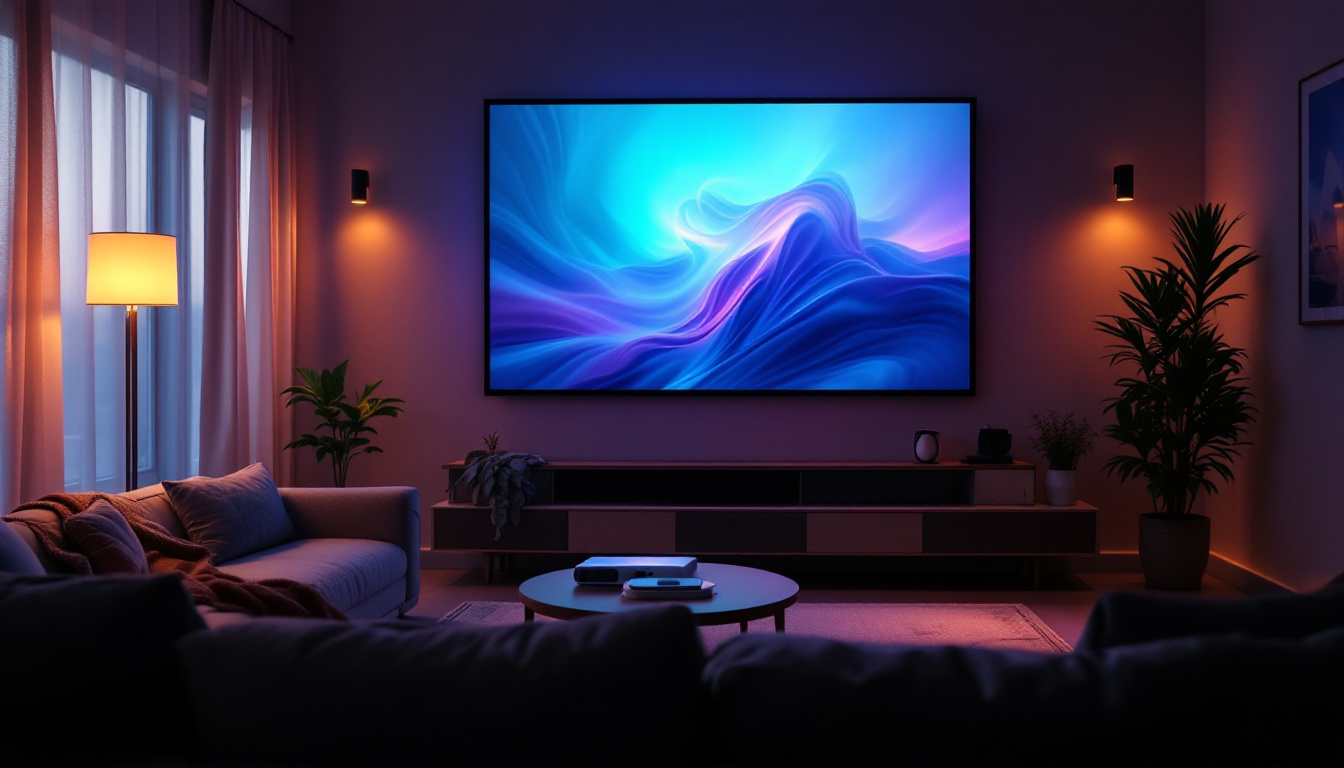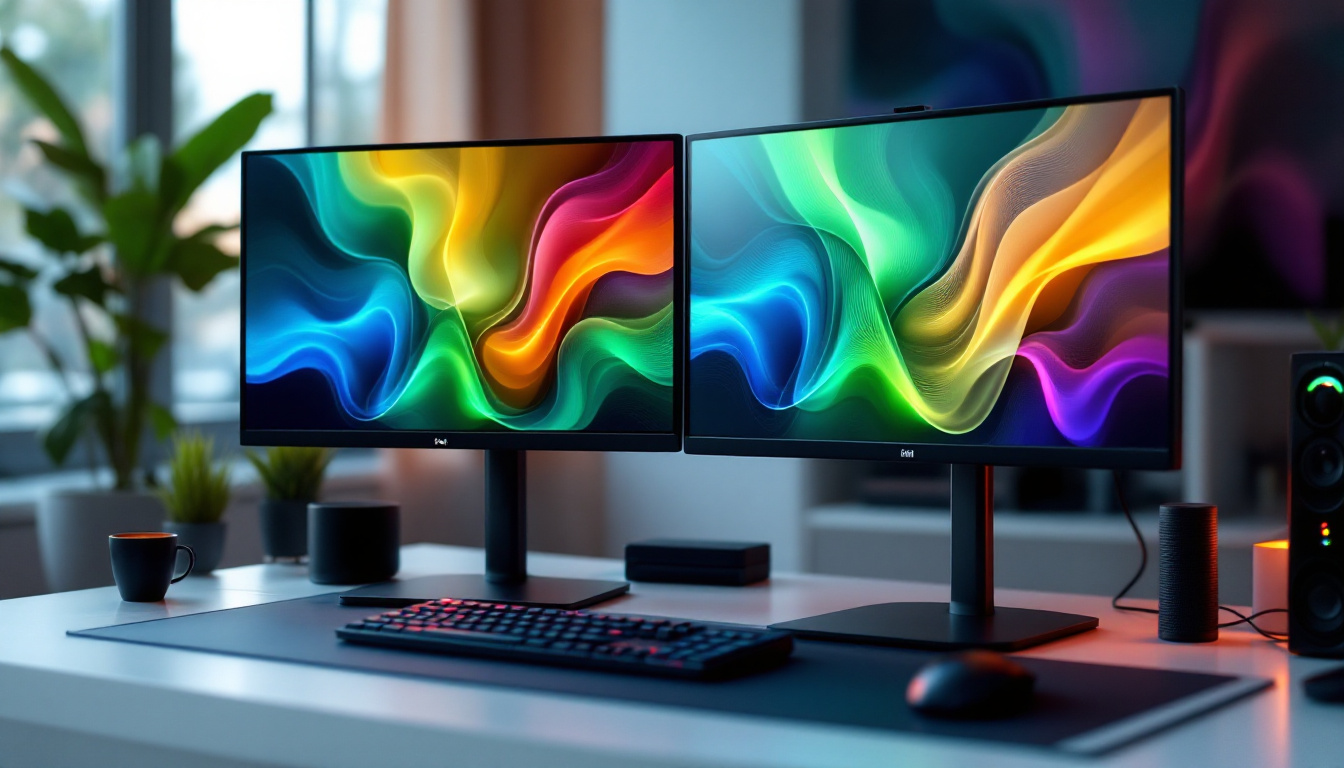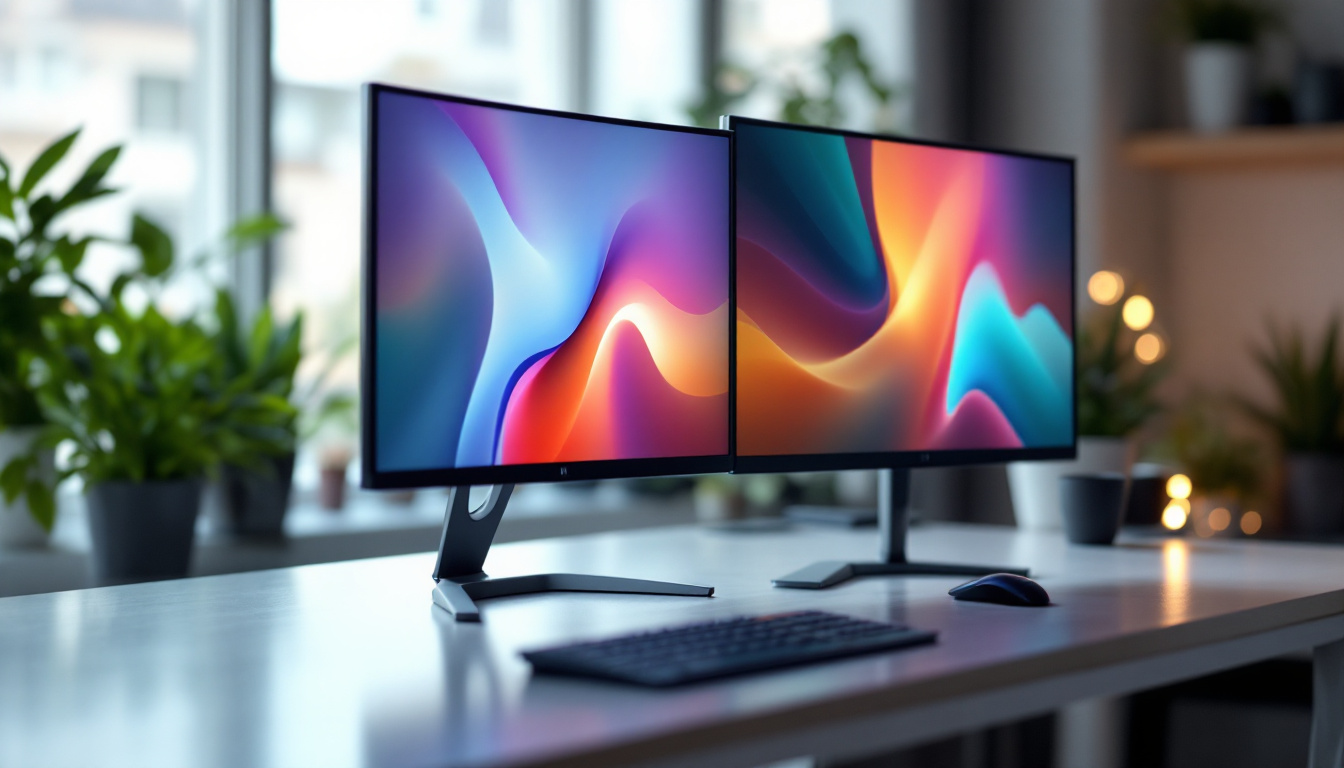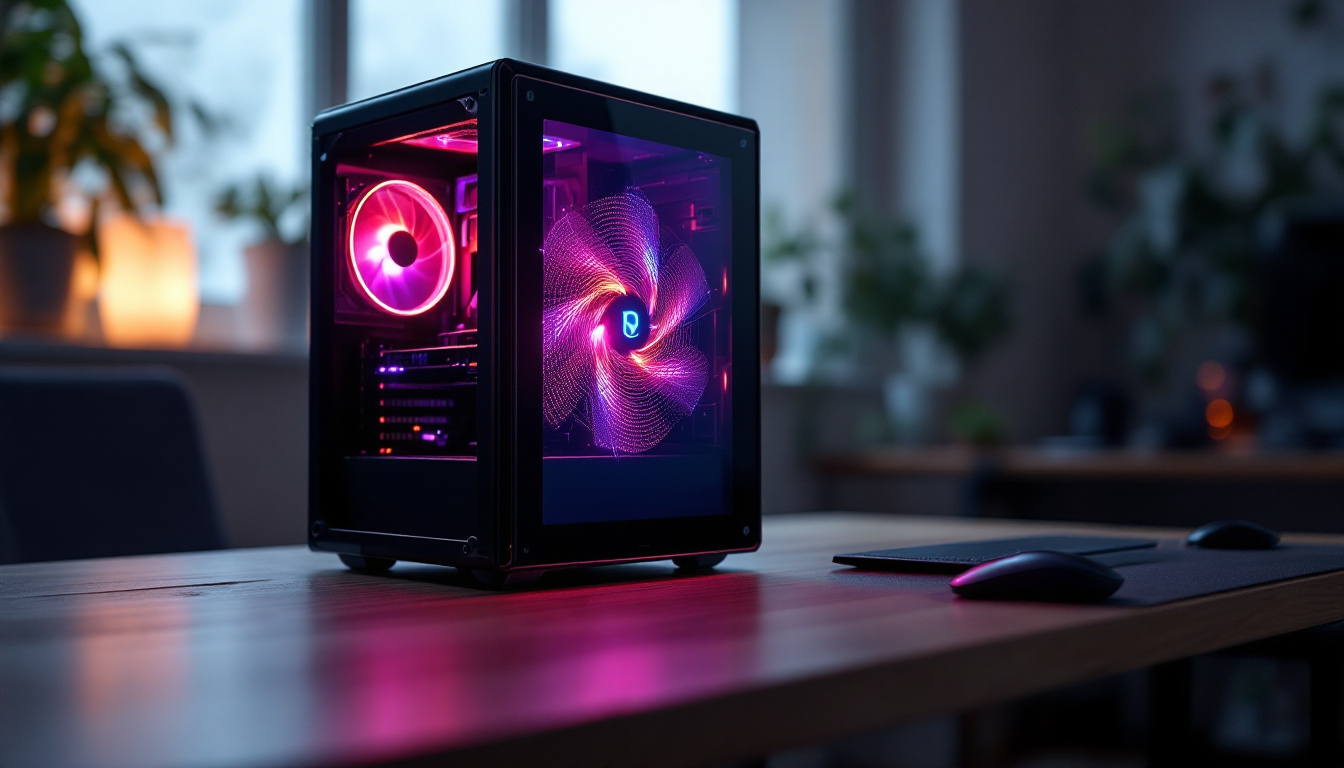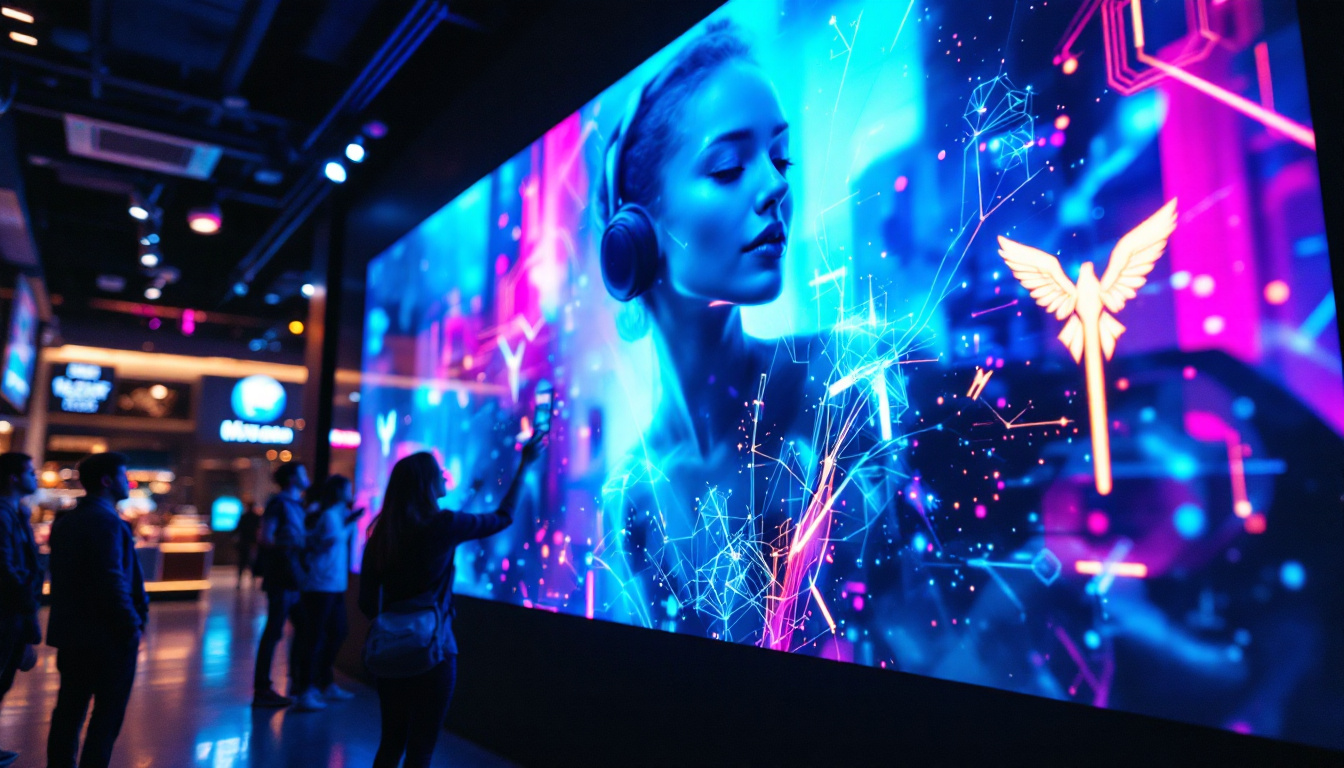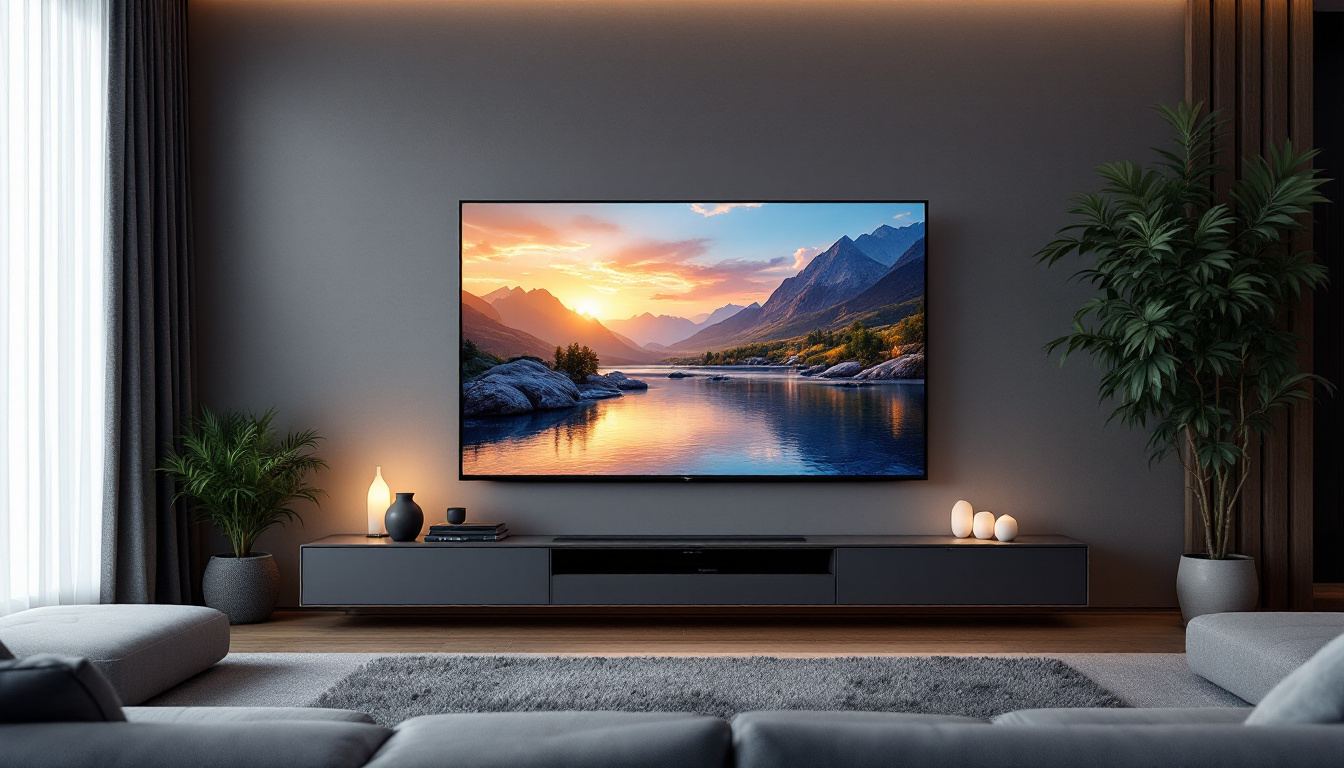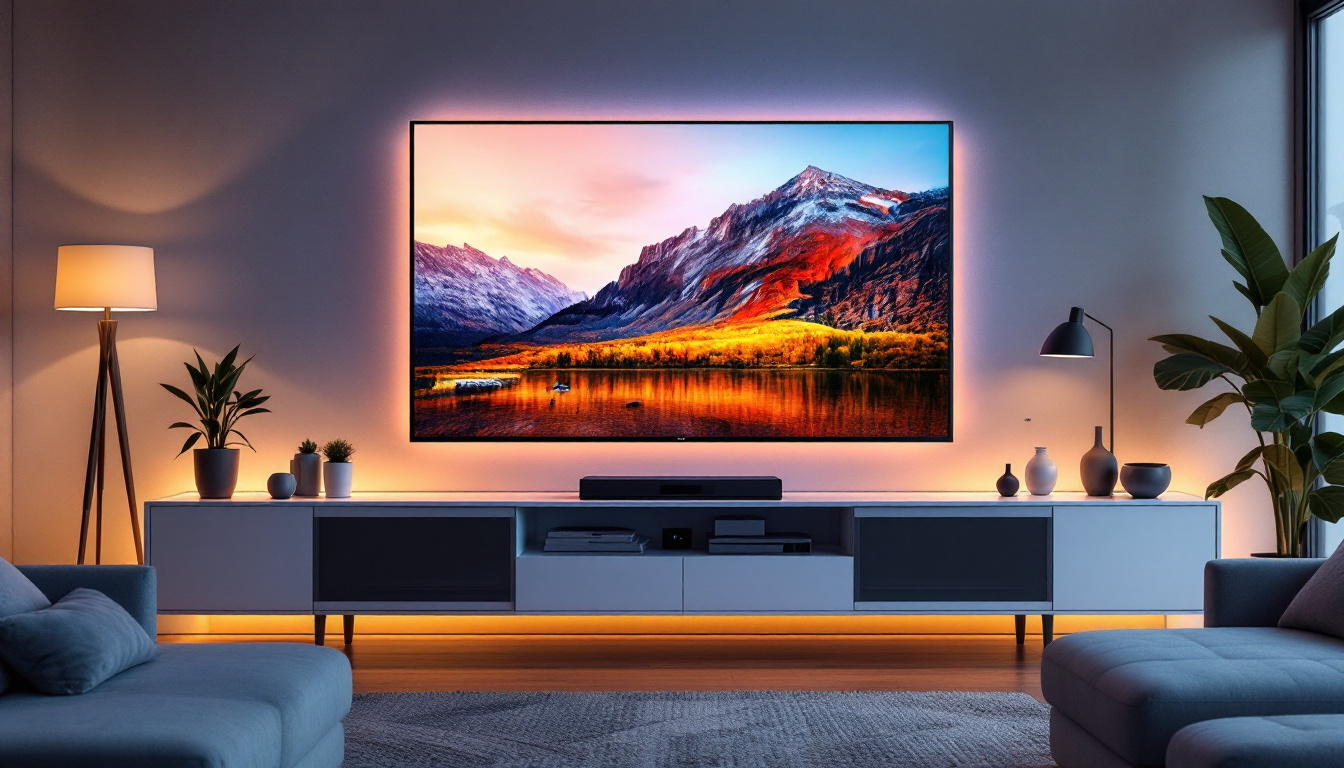In the rapidly evolving world of display technology, understanding the differences between HDMI 2.1 and DisplayPort (DP) is crucial for consumers and professionals alike. Both interfaces have their unique strengths and weaknesses, making them suitable for different applications. This article delves into the specifications, advantages, and ideal use cases for HDMI 2.1 and DisplayPort, particularly in relation to LED displays.
Understanding HDMI 2.1
HDMI 2.1 is the latest iteration of the High-Definition Multimedia Interface, designed to support higher resolutions and refresh rates. Released in late 2017, it has quickly gained traction among gamers, content creators, and home theater enthusiasts. With a plethora of new features, HDMI 2.1 aims to enhance the viewing experience significantly.
Key Features of HDMI 2.1
One of the most notable features of HDMI 2.1 is its support for 8K resolution at 60Hz and 4K resolution at 120Hz. This capability is particularly beneficial for gamers who demand high frame rates for a smoother experience. Furthermore, HDMI 2.1 introduces Variable Refresh Rate (VRR) technology, which reduces screen tearing and stuttering, allowing for a more fluid gaming experience.
Additionally, HDMI 2.1 supports Dynamic HDR, enabling content creators to deliver stunning visuals with enhanced contrast and color accuracy. This feature ensures that HDR content looks its best, adapting dynamically to the scene being displayed. Another significant addition is Enhanced Audio Return Channel (eARC), which simplifies the connection between TVs and audio devices, providing high-quality audio without the need for multiple cables.
Furthermore, HDMI 2.1 includes Quick Frame Transport (QFT), which minimizes latency for an even more responsive gaming experience. This is particularly useful in competitive gaming scenarios where every millisecond counts. Coupled with Auto Low Latency Mode (ALLM), HDMI 2.1 ensures that gaming displays automatically switch to the optimal settings for minimal lag, enhancing the overall gameplay experience. These features collectively position HDMI 2.1 as a game-changer in the realm of high-performance entertainment.
Compatibility and Cable Requirements
For users to take full advantage of HDMI 2.1’s features, it is essential to use compatible cables. Standard HDMI cables may not support the higher bandwidth requirements, so Ultra High Speed HDMI cables are recommended. These cables can handle up to 48 Gbps, ensuring that all features, including 8K and VRR, function correctly.
Moreover, HDMI 2.1 is backward compatible with previous HDMI versions, allowing users to connect older devices without losing functionality. However, to experience the full benefits of HDMI 2.1, both the source device and the display must support the new standard. This means that consumers looking to upgrade should consider their entire setup, including gaming consoles, Blu-ray players, and televisions, to ensure they can fully leverage the advanced capabilities of HDMI 2.1. As manufacturers continue to adopt this technology, the availability of compatible devices is expected to grow, making it easier for users to transition to this cutting-edge standard.
Exploring DisplayPort
DisplayPort, developed by the Video Electronics Standards Association (VESA), is another prominent interface widely used in the realm of computer displays. While it has been around since 2006, DisplayPort continues to evolve, with the latest version, DisplayPort 2.0, released in 2019. This version offers significant advancements, particularly for high-resolution displays. The evolution of DisplayPort reflects the increasing demands of modern computing, where higher resolutions and refresh rates are becoming the norm rather than the exception. As technology progresses, DisplayPort remains at the forefront, adapting to the needs of both consumers and professionals alike.
Key Features of DisplayPort
One of the standout features of DisplayPort is its ability to support multiple displays from a single output. This is achieved through Multi-Stream Transport (MST), allowing users to connect multiple monitors in a daisy-chain configuration. This feature is particularly advantageous for professionals in graphic design, video editing, and gaming, where a multi-monitor setup can enhance productivity and immersion. With the capability to connect up to four 4K displays from a single port, users can create expansive workspaces that facilitate multitasking and improve workflow efficiency.
DisplayPort 2.0 also supports resolutions up to 16K at 60Hz, making it an excellent choice for future-proofing high-end displays. Additionally, it supports Adaptive Sync technology, which is similar to HDMI’s VRR, helping to eliminate screen tearing and provide a smoother gaming experience. This technology is particularly beneficial for gamers who demand high-performance graphics without interruptions, allowing for a more seamless and enjoyable gaming experience. Furthermore, DisplayPort’s support for HDR (High Dynamic Range) enhances color accuracy and contrast, providing a more vivid and lifelike viewing experience.
Compatibility and Cable Requirements
DisplayPort cables come in various versions, with the latest being DisplayPort 2.0. Similar to HDMI, the cable used must match the version of the DisplayPort standard to ensure optimal performance. DisplayPort is also backward compatible, allowing older devices to connect without issue, although some advanced features may not be available. This backward compatibility is crucial for users who may not have the latest hardware but still want to take advantage of the DisplayPort’s capabilities. The ability to use older cables with newer devices ensures that users can upgrade their systems without needing to replace all their existing accessories.
One of the unique aspects of DisplayPort is its ability to convert to HDMI using a simple adapter, making it versatile for users who may need to connect to different types of displays. This flexibility is a significant advantage for professionals who work with various devices and display technologies. Moreover, DisplayPort supports audio transmission, allowing users to send both video and audio signals through a single cable. This feature simplifies cable management and reduces clutter, making it an ideal choice for home theater setups and professional audio-visual environments. As the demand for high-quality audio and video continues to rise, DisplayPort’s comprehensive capabilities position it as a leading choice for both casual users and industry professionals alike.
Comparative Analysis: HDMI 2.1 vs. DisplayPort
When comparing HDMI 2.1 and DisplayPort, several factors come into play, including bandwidth, resolution, refresh rates, and use cases. Both interfaces have their strengths, making them suitable for different scenarios.
Bandwidth and Resolution
HDMI 2.1 supports a maximum bandwidth of 48 Gbps, allowing for 8K resolution at 60Hz and 4K at 120Hz. In contrast, DisplayPort 2.0 boasts an impressive bandwidth of up to 80 Gbps, enabling support for resolutions up to 16K at 60Hz. For users seeking the highest possible resolution, DisplayPort may offer a more future-proof solution.
Use Cases
HDMI 2.1 is often favored in home entertainment systems, where high-quality audio and video are paramount. Its support for features like eARC and Dynamic HDR makes it ideal for connecting TVs, soundbars, and gaming consoles. On the other hand, DisplayPort is typically the preferred choice for PC users, particularly gamers and professionals who require multiple monitors or higher refresh rates.
For instance, gamers may prefer DisplayPort for its support of high refresh rates and adaptive sync technologies, while home theater enthusiasts may lean towards HDMI 2.1 for its audio capabilities and compatibility with consumer electronics.
Choosing the Right Interface for LED Displays
When it comes to LED displays, the choice between HDMI 2.1 and DisplayPort largely depends on the specific requirements of the user. Understanding the intended use and the features needed can help in making an informed decision.
Gaming and High-Performance Displays
For gamers looking to maximize their experience, DisplayPort is often the go-to choice. Its higher bandwidth and support for adaptive sync technologies make it ideal for high-refresh-rate monitors. Additionally, the ability to connect multiple displays can create an immersive gaming setup that enhances the overall experience.
However, with the rise of next-gen gaming consoles like the PlayStation 5 and Xbox Series X, HDMI 2.1 has gained popularity in the gaming community. These consoles support HDMI 2.1 features, allowing gamers to enjoy 4K gaming at 120Hz, making HDMI 2.1 a viable option for console gamers.
Home Theater and Multimedia Applications
In home theater setups, HDMI 2.1 is often the preferred choice due to its support for high-quality audio formats and features like eARC. This makes it easier to connect soundbars and AV receivers, ensuring that users can enjoy high-fidelity audio alongside stunning visuals. Additionally, the support for Dynamic HDR enhances the viewing experience, making it suitable for cinematic content.
While DisplayPort can be used in home theater setups, it is less common due to its primary focus on computer displays. However, for users who require a multi-monitor setup or plan to connect their PC to a large LED display, DisplayPort remains a strong contender.
The Future of Display Interfaces
As technology continues to advance, the future of display interfaces looks promising. Both HDMI and DisplayPort are expected to evolve, with new features and capabilities being introduced to meet the demands of consumers and professionals alike.
Emerging Technologies
With the rise of 8K and even 16K displays, the demand for higher bandwidth will only increase. Future iterations of HDMI and DisplayPort are likely to address these needs, providing even greater resolutions and refresh rates. Furthermore, as virtual reality (VR) and augmented reality (AR) technologies continue to develop, the requirements for display interfaces will also evolve, necessitating faster and more efficient connections.
Interoperability and Standards
Another aspect to consider is the interoperability between different display interfaces. As technology progresses, there may be a push towards creating more universal standards that allow for seamless connectivity between HDMI and DisplayPort devices. This could simplify the user experience and reduce the need for multiple types of cables and adapters.
Conclusion
In summary, both HDMI 2.1 and DisplayPort offer unique advantages and features that cater to different user needs. HDMI 2.1 shines in home entertainment setups, providing high-quality audio and video capabilities, while DisplayPort excels in high-performance computing and gaming scenarios with its support for multiple displays and higher resolutions.
Ultimately, the choice between HDMI 2.1 and DisplayPort will depend on the specific requirements of the user and the intended use case. By understanding the strengths and weaknesses of each interface, consumers can make informed decisions that enhance their viewing and gaming experiences. As technology continues to evolve, staying informed about the latest developments in display interfaces will be essential for anyone looking to invest in high-quality LED displays.
Discover the Future of Visual Experience with LumenMatrix
Whether you’re setting up a dynamic home theater or enhancing your gaming rig, the right LED display can transform your visual experience. LumenMatrix is at the forefront of LED display innovation, offering a wide range of solutions tailored to your needs. From breathtaking Indoor and Outdoor LED Wall Displays to specialized solutions like Vehicle and Sports LED Displays, our technology is designed to bring your content to life. Embrace the future of digital signage with LumenMatrix’s All-in-One and Custom LED Displays, and see how our Transparent and Floor LED Displays can revolutionize your space. Don’t just take our word for it; check out LumenMatrix LED Display Solutions and witness the impact of cutting-edge visual technology.



